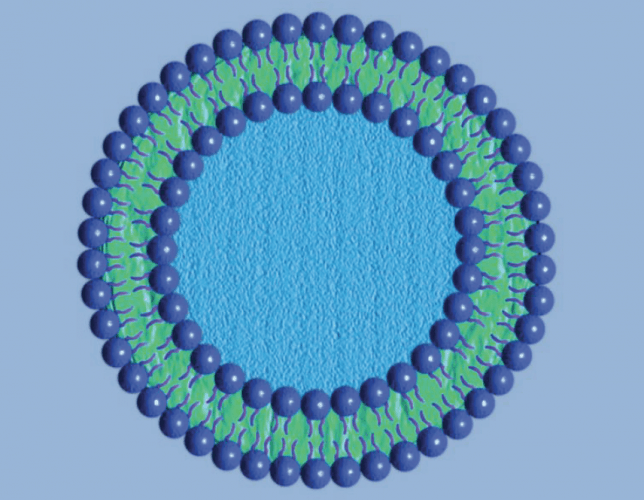
Liposomes play an important role in medical and pharmaceutical science as drug carriers, especially for cancer therapy due to their natural ability to target cancer cells.
The endothelial walls of all healthy human blood vessels are encapsulated by endothelial cells that are bound together by tight junctions. These junctions stop any large particles in the blood from leaking out of the vessel. Tumour vessels, in contrast, do not contain the same level of seal between cells and are characteristically ‘leaky’, so liposomes of <400nm can enter tumour sites from the blood. Doxorubicin, camptothecin and daunorubicin are anti-cancer drugs that are currently being produced in liposome-delivery systems. Thus, for cancer treatment uses, it is essential to be able to measure the size of such liposomes, and to know whether they are stable in solution over time.
To this purpose, an experiment has been carried out using the Litesizer 500 from Anton Paar to determine the size distribution of liposomes in solution by using dynamic light scattering (DLS). Furthermore, the size of the liposomes was monitored as a function of time, as well as temperature and buffer concentration.
In an experiment carried out using an MCR 302 rheometer from Anton Paar rheometer and its accessories, a commercial soluble coffee powder was mixed in different concentrations with distilled water.
Click on the link above to download the two-page Application Report with all the details and interesting results of this experiment.










Water Sector Talent Exodus Could Cripple The Sector
Maybe if things are essential for the running of a country and we want to pay a fair price we should be running these utilities on a not for profit...